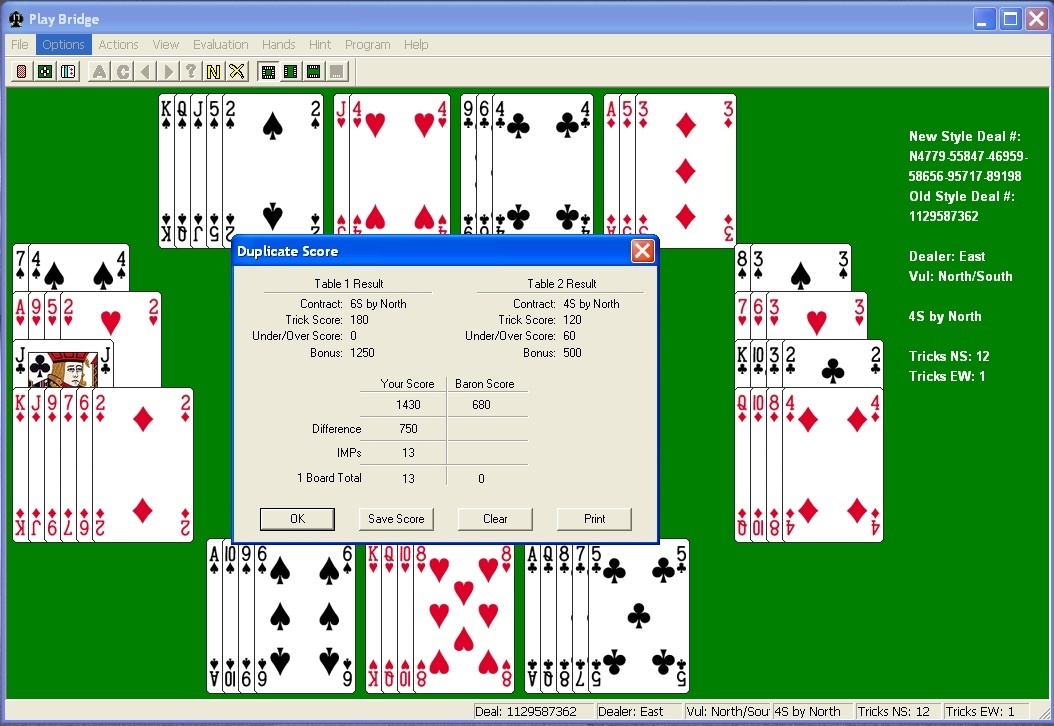

Bridge baron auth code registration#
OpenID Connect also standardizes areas that OAuth 2.0 leaves up to choice, such as scopes, endpoint discovery, and dynamic registration of clients. It adds an additional token called an ID token. OpenID Connect is an authentication standard built on top of OAuth 2.0.


Note: For information on authorization servers, how they work, and how you can use them, see Authorization servers. The authorization server also acts as an OpenID Connect Provider, which means you can request ID tokens in addition to access tokens from the authorization server endpoints. In the context of this guide, Okta is your authorization server. Each authorization server has a unique issuer URI and its own signing key for tokens to keep a proper boundary between security domains. An authorization server is simply an OAuth 2.0 token minting engine. Note: For a deeper dive into OAuth 2.0, see What the Heck is OAuth? over on the Okta Developer blog or checkout the OAuth 2.0 spec (opens new window).Īt the core of both OAuth 2.0 and its OpenID Connect extension is the authorization server.

access token: The token issued by the authorization server (Okta) in exchange for the grant.Each OAuth grant has a corresponding flow.
Bridge baron auth code code#
Examples of grants are authorization code and client credentials. OAuth 2.0 grant: The authorization given (or granted) to the client by the user.Resource server: Accepts the access token and must verify that it's valid. Resource owner: Normally your application's end user that grants permission to access the resource server with an access token.Ĭlient: The application that requests the access token from Okta and then passes it to the resource server. In this case Okta is the authorization server. The OAuth 2.0 spec has four important roles:Īuthorization server: The server that issues the access token. If you would like to grant access to your application data in a secure way, then you want to use the OAuth 2.0 protocol. OAuth 2.0 is a standard that apps use to provide client applications with access. This API underpins both the Okta Redirect and Embedded Sign-In Widget, and Auth JS SDKs. Note: If you require a completely custom app setup and workflow with direct access control to your Okta org and app integrations, then you can use the Authentication API. To get started with auth implementation and find sample apps, see Sign users in. OIDC extends OAuth 2.0 by providing user authentication and single sign-on (SSO) functionality.įor most of your app auth requirements, we recommend that you use the OAuth 2.0 and OIDC protocols through the different solutions Okta provides, as outlined in Redirect authentication vs. OAuth 2.0 enables you to delegate authorization, while OIDC enables you to retrieve and store authentication information about your end users. The OAuth 2.0 protocol provides API security through scoped access tokens. The OAuth 2.0 protocol controls authorization to access a protected resource, like your web app, native app, or API service. It's also more opinionated than plain OAuth 2.0, for example in its scope definitions. The OpenID Connect (OIDC) protocol is built on the OAuth 2.0 protocol and helps authenticate users and convey information about them. There are two main types of authentication that you can perform with Okta: embedded for more information on the specific types of authentication deployment models that Okta provides that are built on top of OAuth 2.0 and OIDC. Note: See Okta deployment models - redirect vs. This article discusses how you can implement flows based on these standards using Okta, and what flows and grant types are commonly used by the different types of apps. This article provides a high-level introduction to OAuth 2.0 and OpenID Connect (OIDC), which are the standard protocols that Okta's authentication and authorization solutions are based on.


 0 kommentar(er)
0 kommentar(er)
